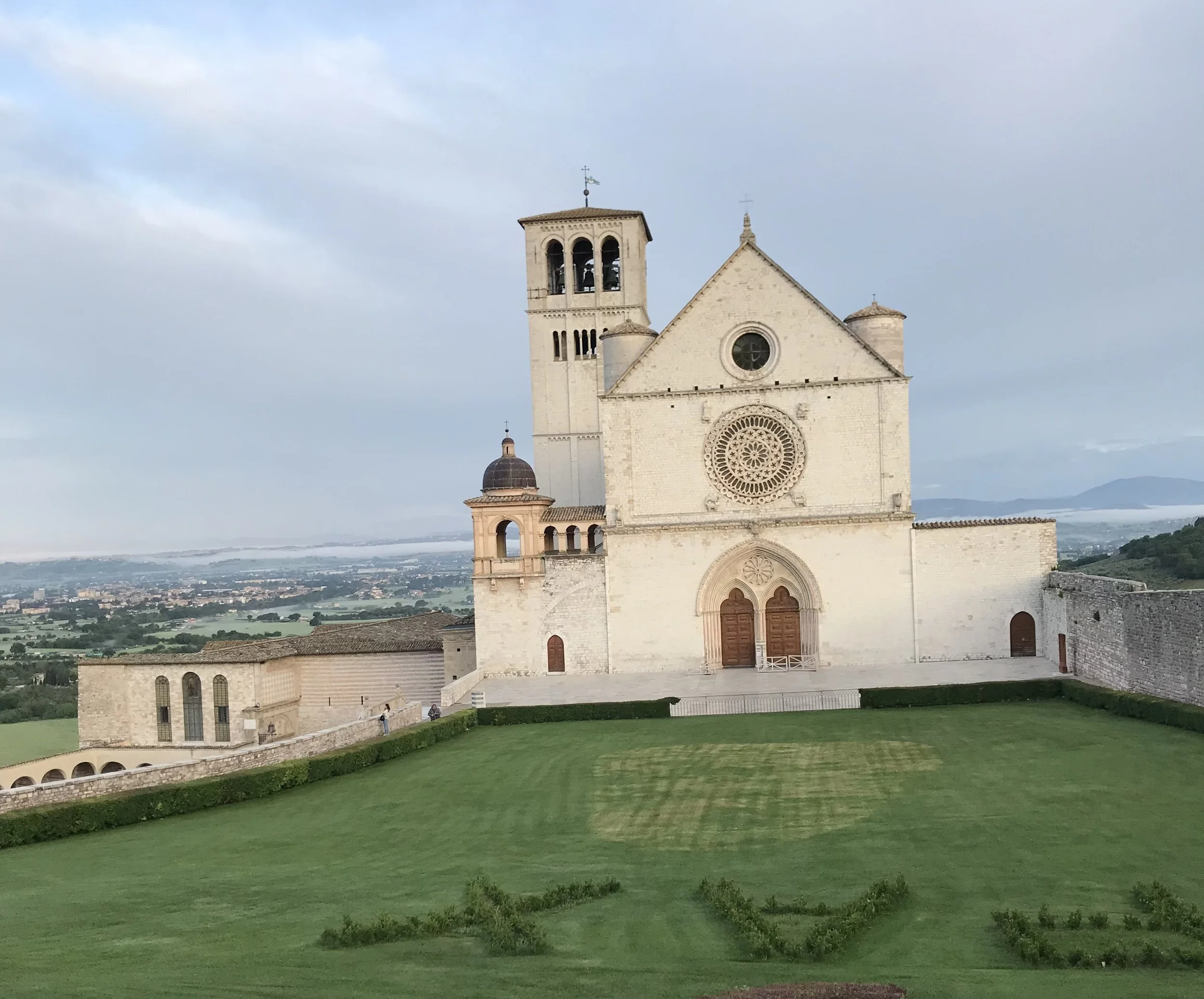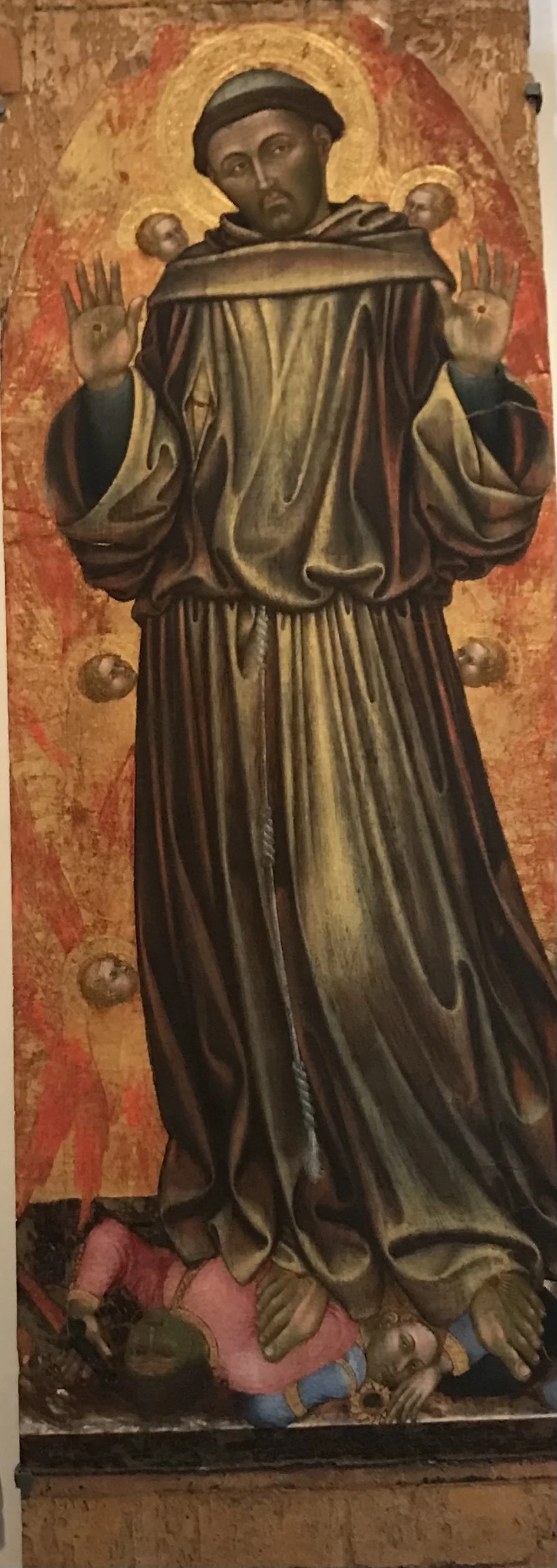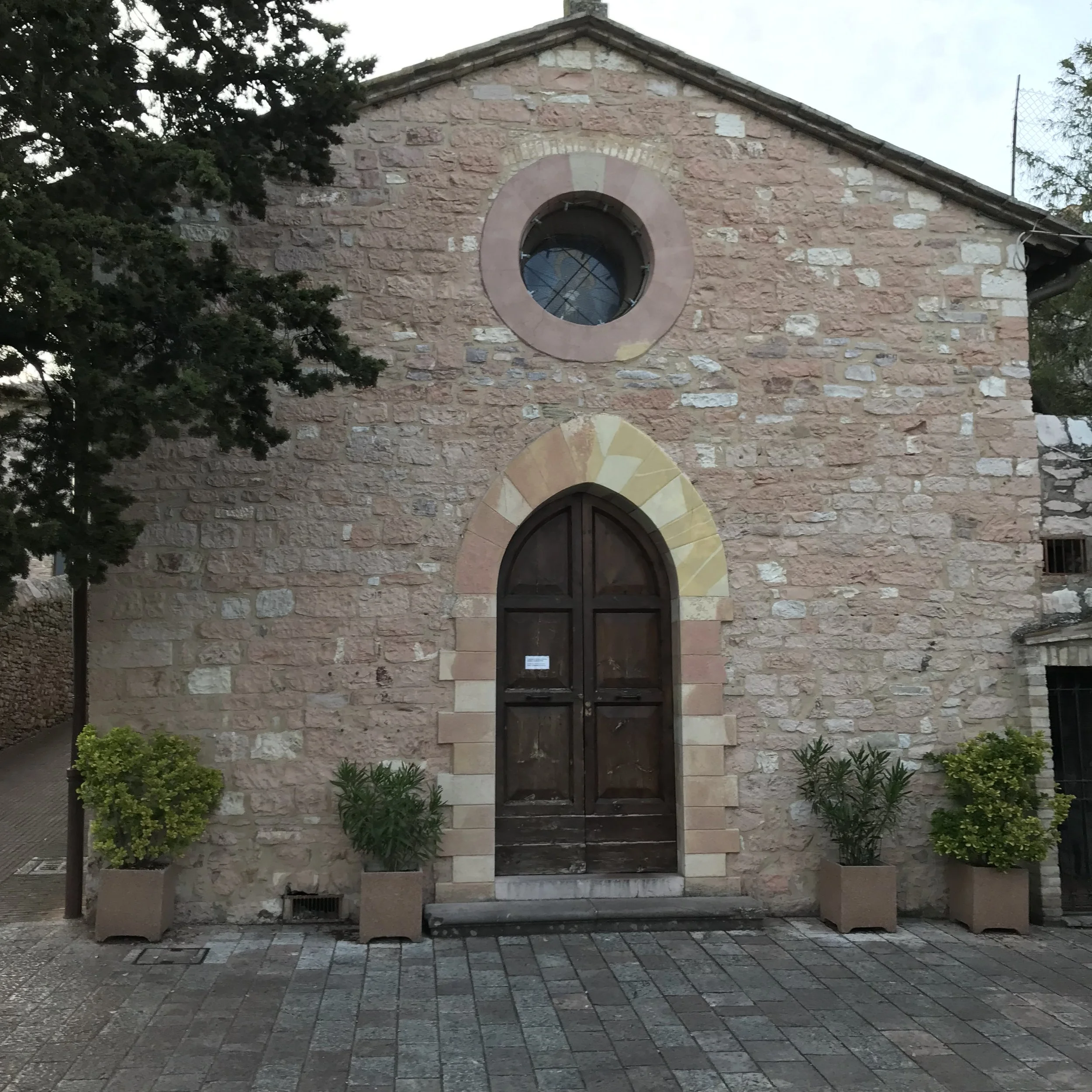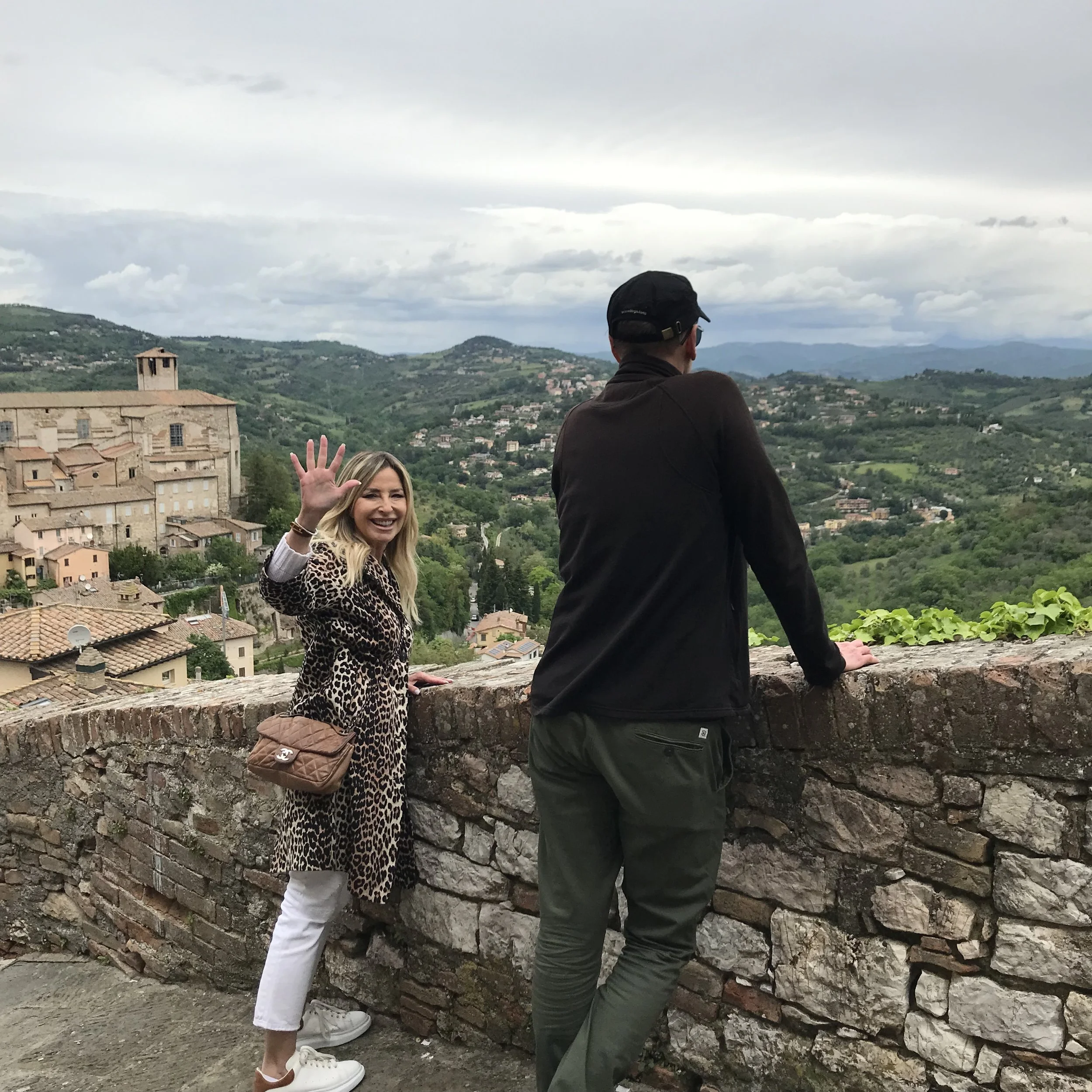On being in Assisi
‘The thing about Catholics is so many of you say you’re not but deep down you are.’
We’re in Assisi, where the St Francis story has enormous power.
It’s variously understood as a strategic response to Protestantism; as Papal propaganda to distract critics of the Vatican’s wealth; and/or as a call to action for the disenchanted.
Graeme Greene called himself an ‘agnostic Catholic’. Would he have believed in St Francis’ stigmata, tested and verified by respected surgeons of the day? Would he have found use for the Franciscan greeting, Pax et Bonum (peace and goodwill)? Probably not.
Me? I’d be an uncertain no re stigmata, and definite yes to Pax et Bonum.
We never got around to marrying, Malcolm and I, and we therefore missed an opportunity for a destination wedding. So, to Malcolm’s horror, I’ve suggested he arrange a destination funeral for me if I die before he does.
I’d like it to take place not in the magnificent St Francis Basilica (pictured at the beginning of this post), where rich folk paid squillions to be entombed under the same roof as the saint himself, but in a little church not far from there: the Chiesa di S. Margherita, at the end of Vicolo S. Andrea.
When I’ve ‘gone to God’, as my parents put it when they spoke of their own arrangements, Malcolm could give bona fide friends and family their plane tickets, transfers, and accommodation at Il Palazzo Assisi. And an invite to the wake at Locanda Cardinale, if you don’t mind. I might also ask that as part of the Requiem he reads St Francis’ The Canticle of the Creatures. That’s the one about Brother Son, Sister Moon.
I’ve got as much chance of success in this venture as the child who wanted to empty the sea with a spoon. Nevertheless, it freaked Malcolm out for a second, which was fun. It was payback for the faithless dissing the unfaithful.
Chiesa di San Margherita, Assisi.
Travel tips
You’ve come all this way so you might as well stay a night or two. Assisi comes into its own after the day-trippers have gone home. Everything becomes more luminous.
Where to stay:
We chose Hotel Il Palazzo, on via San Francesco. Felt lucky to be in the corner room on the top floor with views over the rooftops and valley below. Room #303. Not expensive. Welcoming reception.
Where to eat
Our tour guide Maura Boldoni recommended dinner on the terrace at Le Terraze di Properzio, for the sunset views and the simple Umbrian food. Be sure to book a table on the terrace, and wear something warm if you’re there either side of summer. It was a great suggestion.
Michele from Hotel Il Palazzo recommended a couple of places, including Buca San Francesco. It was good. Again, it was simple Umbrian food: soups, pasta, grilled sausage, vegetables. Delicious.
What to do:
Book a guide for two hours or so. After some online research, I found Maura Boldoni, and highly recommended her. She is a historian and a professional tour guide, a wonderful person, full of enthusiasm and knowledge and stories to share. We learnt a lot in the two hours we had with Maura. We understood the context of what we were seeing in ways I don’t think we would have otherwise, and consequently enjoyed a much deeper appreciation of Assisi.
Here’s Maura’s website: https://www.tourguideassisi.com
The image of St Francis of Assisi reproduced in this post is a detail from San Francesco al Prato Polyptch. Painted by Taddeo di Bartolo, 1403. On display in the Galleria Nazionale dell’Umbria, Perugia, as part of an exhibition titled Il maglio maestro d’Italia Perugino nel suo tempo. From March - June, 2023.
Maura and Malcolm, in Perugia.



